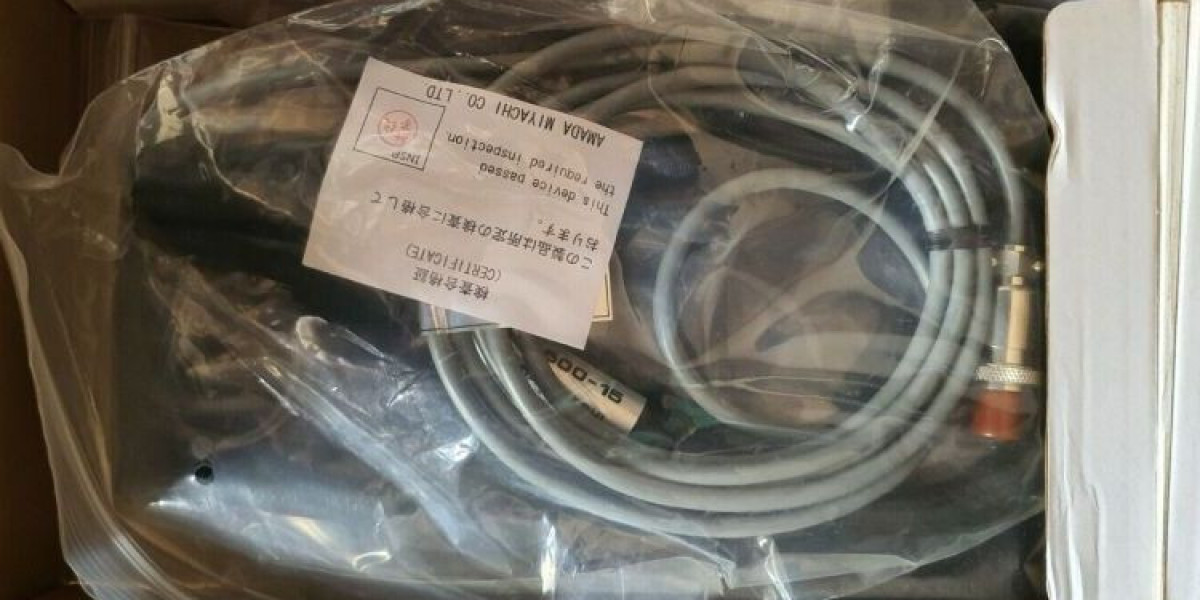The industrial world is constantly evolving, and at the forefront of this evolution is the laser welding machine. This cutting-edge technology has revolutionized how we join materials, offering unparalleled precision, speed, and efficiency. In this article, we explore what laser welding machines are, how they operate, and the advantages they bring to various industries.
The Technology Behind Laser Welding Machines: Laser welding machines use concentrated light beams to fuse materials together. This light beam is so intense that it melts the workpieces along the joining area, allowing them to cool and solidify into a single piece. The process is highly automated and controlled by advanced computer systems, ensuring precision and repeatability.
Benefits of Laser Welding:
- Precision and Control: The laser beam can be focused to a pinpoint, allowing for meticulous accuracy and minimal heat dispersion.
- Speed: Jobs that took hours can now be completed in minutes, transforming production timelines.
- Versatility: Laser welding machines can join a variety of materials, including metals and plastics, which traditional welding methods may struggle with.
- Strength: Welds created by lasers are typically stronger and higher in quality due to the concentrated heat source.
Applications in Industry: From automotive manufacturing to aerospace and medical device fabrication, laser welding machines have found a home in a multitude of sectors. They are especially valuable in applications where precision is critical, such as in the electronics industry for circuit board components.
Conclusion: Laser welding machines have set a new standard in manufacturing and fabrication. With their ability to deliver strong, precise, and efficient welds, they have become an invaluable tool in the industrial arena. As technology continues to advance, we can expect laser welding machines to become even more integrated into production processes, pushing the boundaries of what is possible in manufacturing.







